There are a lot of crops in Nigeria that are uncultivated and are harvested from the wild that would remain unpopular. Many of these crops have huge food and agriculture potential. For the common ones, we see them being sold in some markets in specific ecological zones when they’re in season. However, you cannot trace them to any farm. This article identifies a few of these crops.
Nigeria is home to many edible plant species. The diversity of crops we have in Nigeria is mind-blowing yet only a handful of these crops are actively cultivated. For example, there are so many legume crops such as Lima beans, pigeon pea, common beans, sword beans, Bambara groundnut, African Yam bean, and winged bean. Yet, they are considered minor crops and cultivation is limited but one legume crop that is well domesticated and cultivated is the Cowpea (the regular beans in Nigeria).
Cultivation means that the crops are deliberately planted for use. Domestication on the other hand means that the crops have undergone genetic changes due to human selection or adaptation by the plant to the human-manipulated environment.
However, Nigeria is experiencing a loss of its diversity at an alarming rate and if nothing is done, she would continue to lose them forever. Knowledge about these uncultivated crops is disappearing and so are the plants themselves. Those who know about these crops are aging and dying. Few are keeping records and are specialized to preserve the genetic materials. Funding towards conversation is low. The crops themselves are also being destroyed by deforestation. The rest are being overexploited from the wild without any sustainability plan.
Many of these uncultivated crops are specific to particular ecologies and cultures.
Here are 10 uncultivated yet popular crops that have potential in Nigeria:
- Locust beans (Parkia biglobosa)
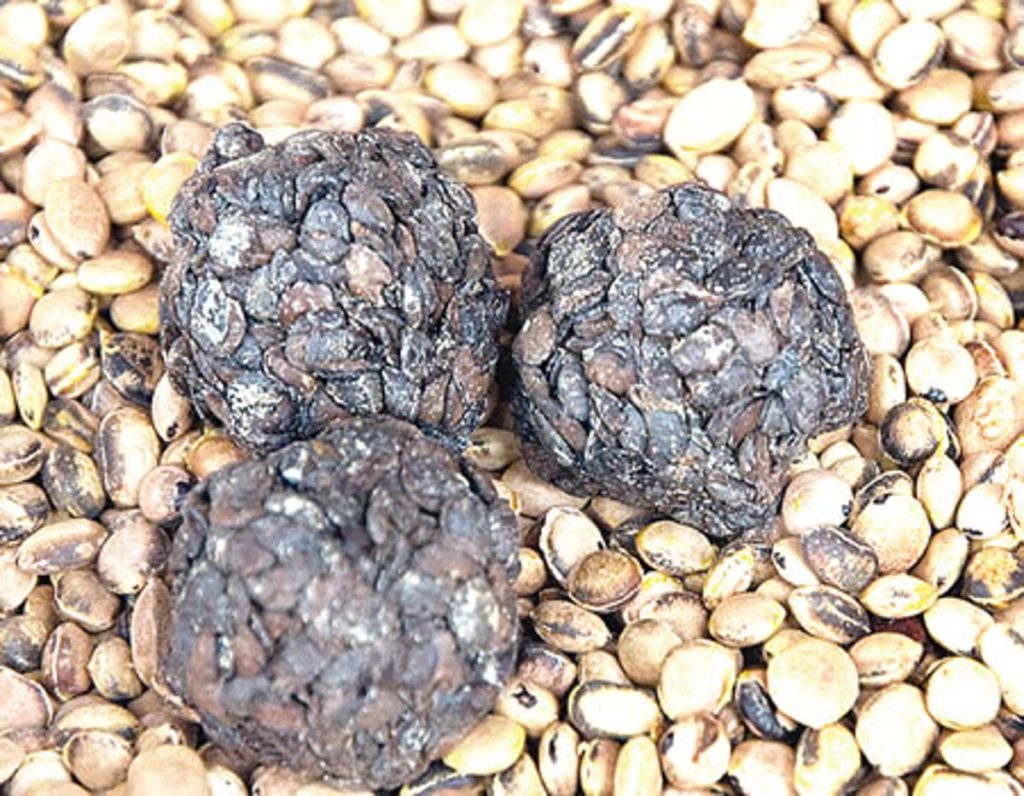
Locust beans, Iru, Dawadawa, is a popular condiment that is in high demand in Nigeria. It is mostly collected from natural trees although there are a few farms that cultivate this. Each of these trees is owned by Individuals and is often protected by local laws. A tree can start bearing fruits 5-7 years after planting. Perhaps this is one of the reasons why it remains unimproved.
The tree is a multipurpose one as its fruit pulp, seeds, pod, and leaves are edible and can also be used as feed for livestock and poultry. However, its seeds, when fermented, are most popular for their contribution to delicious food in Nigeria. Nutrition-wise, Iru has great potential. The protein contents of the seeds are as high as 30%, fiber 12%, fat 20%.
- Agbalumo/White Star Apple
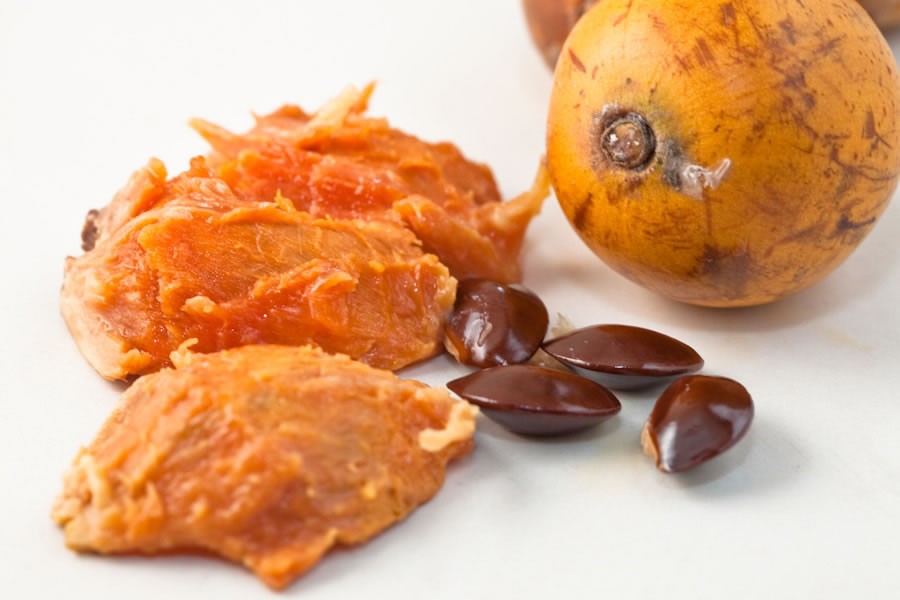
Like Locust beans, Agbalumo or Udara as it is called in the South of Nigeria used to be collected from the tropical rainforests where the trees mainly existed. Now, you will find them in villages where they’re protected and the fruits are harvested and sold by the villagers. A few farms might exist. Of note, is Agbalumo Orchard at the Forest Research Institute of Nigeria (FRIN).
While it is a source of income for many, the African Star Apple remains actively uncultivated and unimproved in Nigeria. To know more about Agbalumo, read here.
- Baobab tree (Adansonia digitata)
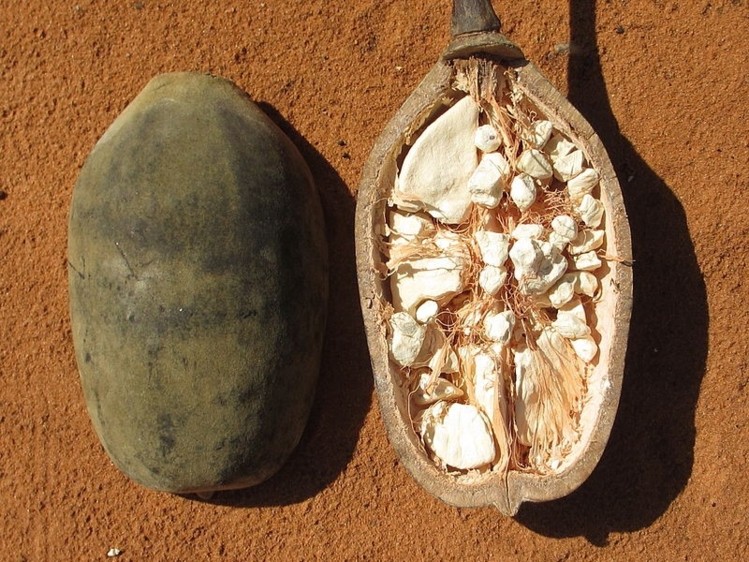
The leaves are popularly known as Kuka and the fruits have been described as super because of their richness in vitamins and minerals. All parts of the Baobab tree are useful to man. Despite, its usefulness, the tree remains largely undomesticated. These trees can be found in the Sahel and Sudan savanna where most of them are natural trees and are preserved by farmers.
The baobab tree can grow up to 20m tall and live for a thousand years. The leaves however are only available for a few months each year and so they are harvested and dried. One of the reasons why the trees remain uncultivated is that they grow so slowly and farmers may not reap the fruits in a long time. There are also religious reasons attached to the undomesticated and uncultivated status of the tree.
- Shea butter

Shea butter is a product of the nuts from the Karite trees that grow in the Sahel region of Nigeria. These trees take time to bear fruits. 15 years after planting, the trees yield, and in 20 years, they reach full production. These fruits are often picked from the forest by women who are the main processors of shea butter. While the shea butter business is now big business, the crop remains undomesticated. Of note is that the Nigerian Institute for Oil palm research has been able to reduce the gestational period from about 20 years to five-seven years.
- African Pear (Dacryodes edulis)
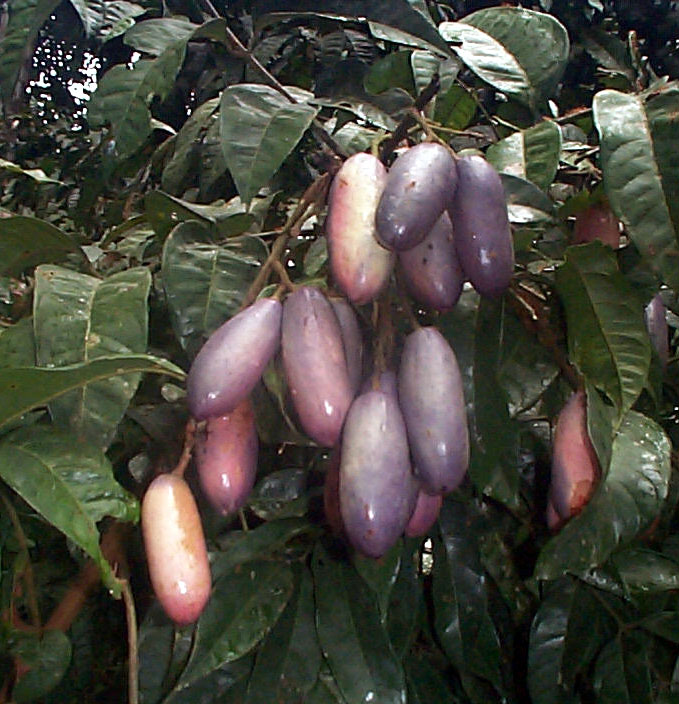
This is a fruit particularly enjoyed by people from South Eastern Nigeria. Ube as it is popularly called grows well in the humid tropical forest. It is also called Bush pear, Butterfruit, and bush butter tree among other names. It is not only indigenous to Southern Nigeria, you will find them in Western Cameroon, Uganda, Angola, Sierra, and Leone. Ube is harvested from the wild in Nigeria. This is not so in Cameroon where it is semi-domesticated.
The African pear tree is valuable for its fruit which is eaten raw, cooked, or roasted and has an appreciable amount of oil –palmitic acid and oleic acid having the highest concentration and protein. The wood of the tree is used for making mortars, the handle of tools, and carpentry. It also has medicinal value.
- Bitter Kola (Garcinia Kola)

As its name connotes, Bitter Kola is bitter but it is valued for its medicinal properties. It is also a reputed snake repellent. Bitter kola is found in the tropical rainforests. The seeds are often collected from the wild. Apart from Nigeria, you will find it in Benin, Cameroon, Ghana, and several other west and central African countries. While it remains actively cultivated and undomesticated, it is a high-value trade commodity in the west and central Africa. Bitter Kola is classified as “vulnerable” in the IUCN’S Red list of threatened species. This is due to habitat loss, slow-growing seedlings, continuously felled trees, and overexploitation. Bitter kola is just at the beginning of its domestication process.
- Pepper soup spice – Ethiopian pepper; West African black pepper

credit: connectnigeria.com 
credit:globalfoodbook.com
Two common Nigerian pepper soup spice fall under the category of uncultivated and undomesticated. They are the Ethiopian Pepper (Xylopia aethiopica) called Uda and False cubeb, West African black pepper (Piper guineense) commonly known as Uziza seeds in the South of Nigeria.
The Uda tree is native to the lowland rainforests of Africa. Apart from the dried fruit which is popularly known, its wood is very useful as a general-purpose timber and it is bark is medicinal as well. Unlike Nigeria where the fruit is used as an ingredient in making pepper soup, the Senegalese use it to flavour a coffee drink called Café Touba.
Uziza seeds on the other hand are from a vine plant that thrives mostly in the wild. However, it is cultivated to a small degree in Southern Nigeria.
- Velvet Tamarind (Dialium Guineense)
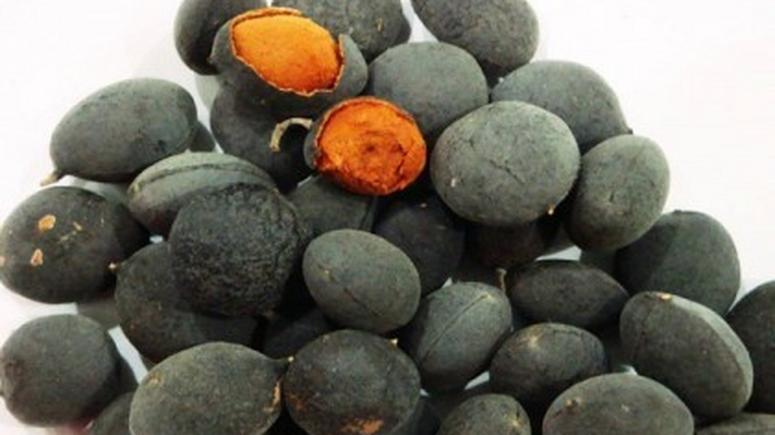
Known as Awin in the South West of Nigeria, Icheku in the South East, and Tsamiyar kurm in the North, Velvet Tamarind is on the IUCN Red List of threatened species. the small grape-sized fruits are encased in a velvety but hard case. The fruit is eaten fresh and contains an appreciable amount of vitamin C. It grows in dense forests in Africa. It remains uncultivated and undomesticated.
- Tamarind (Tamarindus indica)
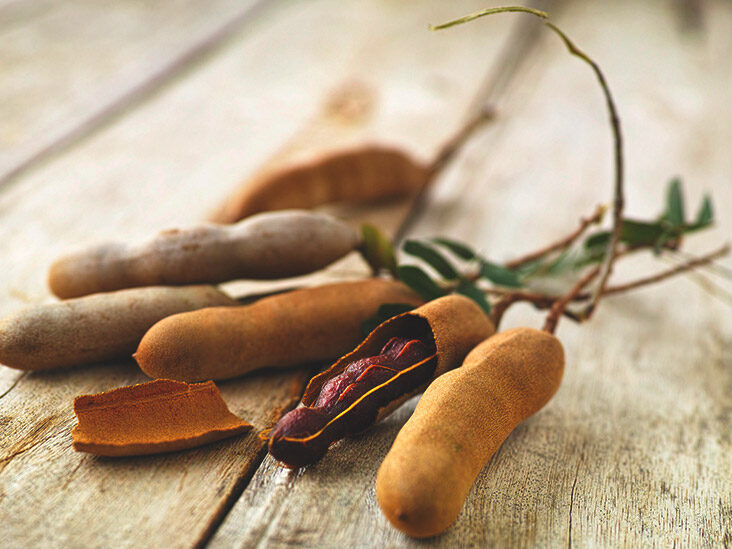
Tamarind may be indigenous to Africa where it still grows in the wild, but it is largely produced by India and its consumption is widespread in different continents of the world. The Tamarind tree produces a sweet and tangy fruit that is popular in the north of Nigeria where it is called Tsamiyar. The tree crop has great potential as a food security crop in Nigeria. However, it remains largely uncultivated.
- Serendipity berry (Dioscoreophyllum Cumminsii)
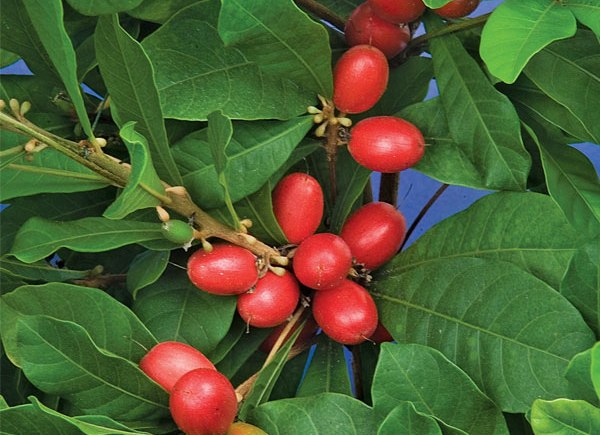
This is not a common fruit and should not be on this list however, it is a fruit with great potential and worthy of mention. As others mentioned, it is native to Africa and it grows wild in the humid forest of the South of Nigeria. It is a perennial climbing plant that is valued for its fruits and its roots. The fruit has a mucilaginous pulp which is 2500 times sweeter than sugar cane and unlike sugar cane, the sweetening agent is a protein which is a plus. The root is small and is yam-like. It is considered to be a sexual stimulant and used to cure wounds.
In a Nutshell
These are just a few of the uncultivated and undomesticated crops we have in Nigeria. They have a huge potential as food and for other agricultural uses. The country is blessed but these blessings might be fading away if things are left as they are. The government may not be able to handle all of these but the private sector can rise to the occasion. Hopefully, in the next 10 years, all these crops will be actively cultivated and domesticated. Eat better and live better.
Some of the references used:
- COUNTRY REPORT ON THE STATE OF PLANT GENETIC RESOURCES FOR FOOD AND AGRICULTURE. http://www.fao.org/3/i1500e/Nigeria.pdf
- Lost crops of Africa. Volume 11: vegetables. 2006. https://www.nap.edu/read/11763/chapter/13#207
- Lost crops of Africa volume 111: fruits. 2008. https://www.nap.edu/read/11879/chapter/25#320
- Oraye et al, 2014. Determinants of Supply and Demand of African Star Apple (Chrysophyllum albidum) in Abeokuta North Local Government Area of Ogun State, Nigeria. Asian Journal of Agriculture and Food Science (ISSN: 2321 – 1571) Volume 02 – Issue 04, August 2014
- IUCN Red List
- Manourová et al 2019. Medicinal Potential, Utilization and Domestication Status of Bitter Kola (Garcinia kola Heckel) in West and Central Africa. Forests 2019, 10(2), 124; https://doi.org/10.3390/f10020124
- Leakey RB, 2017. Multifunctional Agriculture: Achieving sustainable development in Africa. Academic Press. https://www.sciencedirect.com/book/9780128053560/multifunctional-agriculture#book-info
- Besong et al 2016. Medicinal and Economic Value of Dialium Guineense. Afr. J. Biomed. Res. Vol.19 (September, 2016); 163- 170


